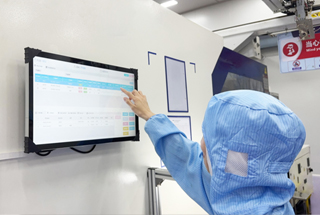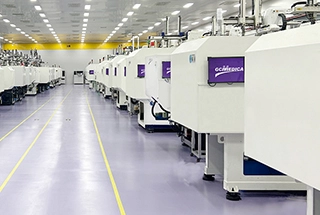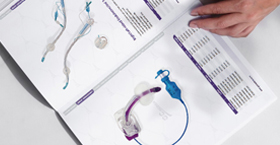Feeding tubes—medical devices inserted into the gastrointestinal tract to provide nutrition—are often considered for elderly patients who cannot eat orally due to conditions such as stroke, advanced dementia, or neuromuscular disorders. While they can ensure adequate caloric intake and hydration, their use raises complex clinical, ethical, and quality‑of‑life questions. Decisions about initiating tube feeding should involve a multidisciplinary team—including physicians, dietitians, nurses, and the patient's family—and be guided by the patient's overall prognosis, goals of care, and previously expressed wishes.
| Pros of Feeding Tubes | Cons of Feeding Tubes |
|---|---|
| Ensures Nutritional AdequacyProvides precise caloric, protein, and fluid delivery when oral intake is insufficient. | Risk of InfectionInsertion sites (e.g., gastrostomy) can become infected, leading to cellulitis or abscess. |
| Prevents Malnutrition and DehydrationMaintains body weight, muscle mass, and electrolyte balance. | Discomfort and PainTube placement and maintenance can cause pain, irritation, and distress. |
| Supports Wound HealingCritical for patients with pressure ulcers or post‑operative needs. | Aspiration RiskReflux of feed into the airway can lead to pneumonia. |
| Reduces Caregiver Burden for Oral FeedingSimplifies feeding schedules and decreases risk of choking. | Loss of Pleasure in EatingRemoves social and sensory enjoyment associated with meals. |
| Customizable FormulasAllows tailoring of nutrients to individual medical needs (e.g., low‑sugar, high‑protein). | Gastrointestinal ComplicationsDiarrhoea, bloating, or constipation may occur. |
| Life‑Saving in Acute SettingsEssential for temporary support after major illness or surgery. | Ethical and Legal ConcernsDecisions may conflict with patient autonomy or advance directives. |
| Improves Medication DeliveryFacilitates administration of medications that cannot be taken orally. | Financial CostsEquipment, hospitalization, and home health support can be expensive. |
Feeding tubes can be a vital intervention to maintain nutrition and hydration in elderly patients who cannot safely or effectively eat by mouth. They offer clear benefits in terms of measurable nutrient delivery, prevention of malnutrition, and support for healing processes. However, they also carry significant risks—including infection, aspiration, and loss of oral feeding enjoyment—and can pose ethical dilemmas, especially when quality of life is poor or the patient's wishes are uncertain.
Ultimately, the decision to use a feeding tube in an elderly patient should be individualized. It requires careful assessment of the patient's medical condition, prognosis, and personal values, balanced against the potential benefits and burdens. Regular reassessment is essential, as goals of care may change over time. By involving the patient (when possible), family members, and a multidisciplinary care team, clinicians can ensure that feeding tube decisions align with both clinical best practices and the patient's overall goals of care.
Related Products
- Polyurethane Nasogastric Feeding Tubes
- Polyurethane Y-Port Nasogastric Feeding Tubes
- Funnel Transition Connector With Cap


 Français
Français Español
Español Products
Products

 About Us
About Us











